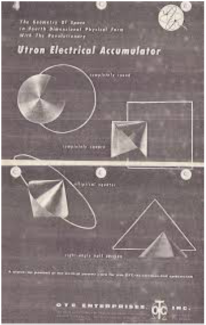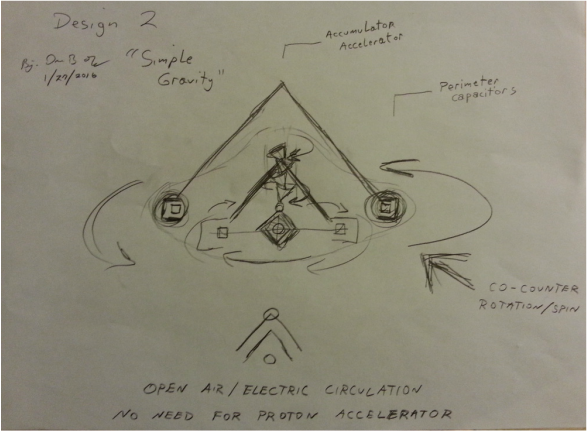Solid construction; no "guts"
See the Outer Ring page.
Similar in principles to Utrons, but it will power itself. It doesn't need any electromagnetic coils around the core walls; it's own movement against its own magnets will power itself like how the C-shaped magnets power the utrons in the OTC-X1. Yes, it still needs the repulsion magnets built into the core housing.
The Vertical Core "Vibration" Engine is a dance of twisting cones which spin and gyrate, not ever touching the walls of the core housing. It can be engaged and disengaged. It can be engaged, and then energized further with magneto-static current. Creates scalar gravitation in a beam, terminating at the tip of the Central Accumulator.
....
As an update to this, there's a good video to watch. It shows a small battery with magnets at the ends travelling through a bare-metal spiral of wire, as a conduit. The conduit's ends are connected. The electromagnetic spin works in paradox so that it induces motion. It illustrates the concept of the vertical core, which uses a static magnet through conductive space, but in its case similar to how a boat propeller moves through water.
Also as far as the guts are concerned, the magnets are still present in the cones. And as the realization made with the utrons regarding mercury plasma, then internal construction of the cones still may be pending.
Here's the video link: https://www.youtube.com/watch?v=J9b0J29OzAU


 RSS Feed
RSS Feed